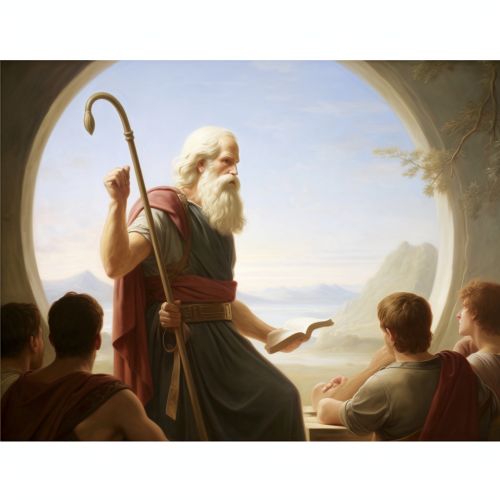Physics education
Overview
Physics education refers to the methods currently used to teach physics to students across different age groups and competency levels. It encompasses a broad spectrum of educational stages, including primary education, secondary education, and tertiary education. Physics education can also extend to informal learning environments, such as science centers or museums.
History of Physics Education
The history of physics education dates back to ancient civilizations. The Greeks, for instance, made significant contributions to physics, with philosophers like Aristotle and Archimedes laying the groundwork for the study of physics as a discipline.


During the Middle Ages, the study of physics was largely influenced by the works of Muslim scholars such as Ibn al-Haytham and Al-Biruni. The Renaissance period saw a resurgence in the study of physics, with scientists like Galileo Galilei and Isaac Newton making significant contributions to the field.
The 19th and 20th centuries marked a period of rapid development in physics, with the advent of quantum mechanics and the theory of relativity. These advancements necessitated changes in physics education to accommodate the new theories and concepts.
Physics Education Research
Physics Education Research (PER) is a relatively new field that focuses on investigating the teaching and learning of physics. It involves the application of pedagogical techniques to improve the teaching of physics and enhance students' understanding of physics concepts. PER is interdisciplinary, combining elements of physics, education, and psychology.
Teaching Methods
Various teaching methods are employed in physics education. These include traditional lecture-based teaching, interactive engagement, and problem-based learning.
Lecture-Based Teaching
Lecture-based teaching is the most traditional method of teaching physics. It involves the teacher presenting physics concepts to the students, often supplemented by demonstrations or experiments.
Interactive Engagement
Interactive engagement is a teaching method that emphasizes active student participation. It involves students actively engaging with physics concepts through discussions, problem-solving, and hands-on activities.
Problem-Based Learning
Problem-based learning is a student-centered pedagogy that involves students working in groups to solve real-world problems. This method encourages students to develop problem-solving skills and a deep understanding of physics concepts.
Challenges in Physics Education
Despite the importance of physics education, there are several challenges that educators and students face. These include the abstract nature of physics, the difficulty of the subject matter, and the lack of resources for teaching and learning physics.
Future of Physics Education
The future of physics education lies in the integration of technology and innovative teaching methods. The use of digital tools and online learning platforms can enhance the teaching and learning of physics. Furthermore, the incorporation of research-based teaching methods can improve students' understanding of physics concepts.
